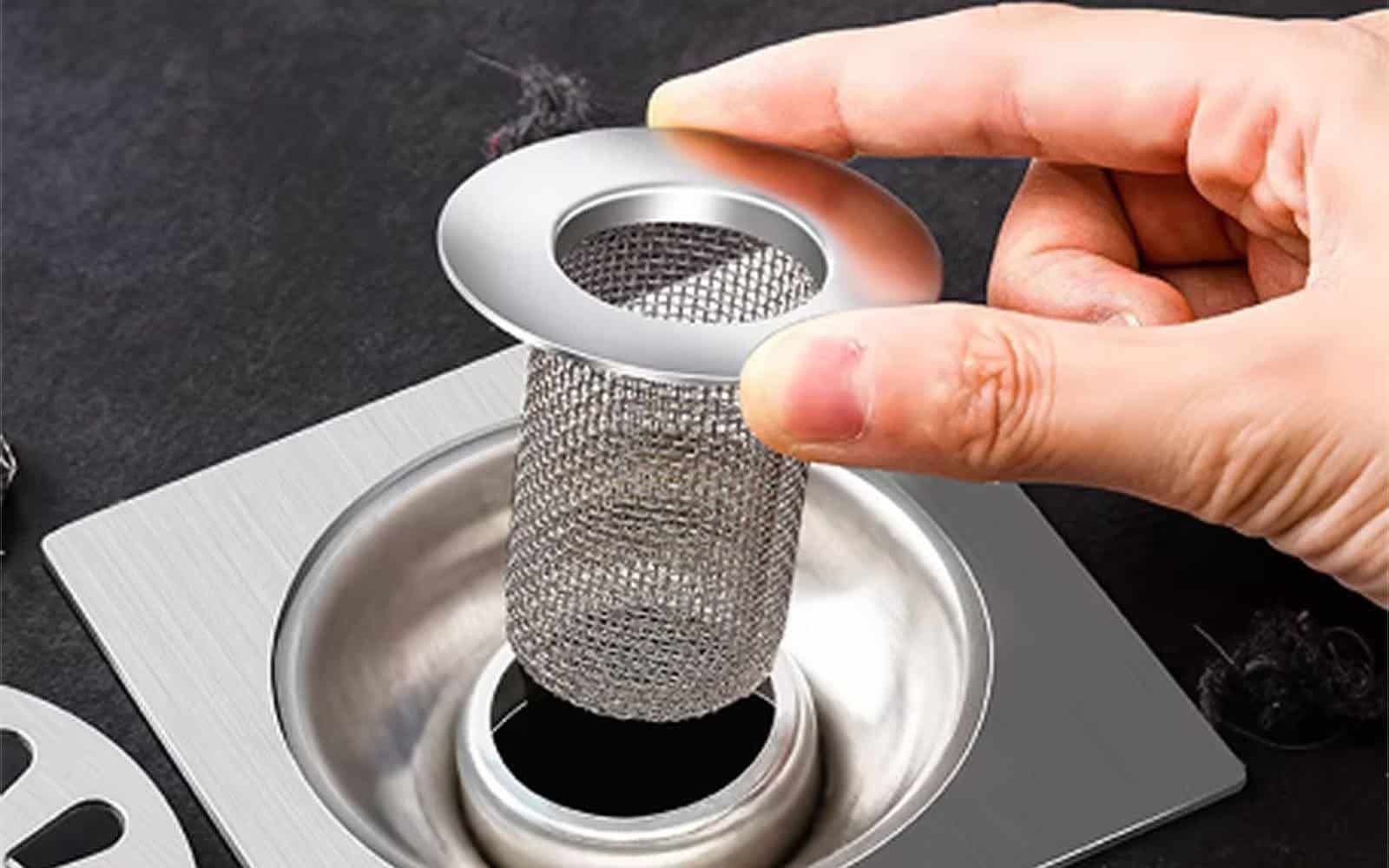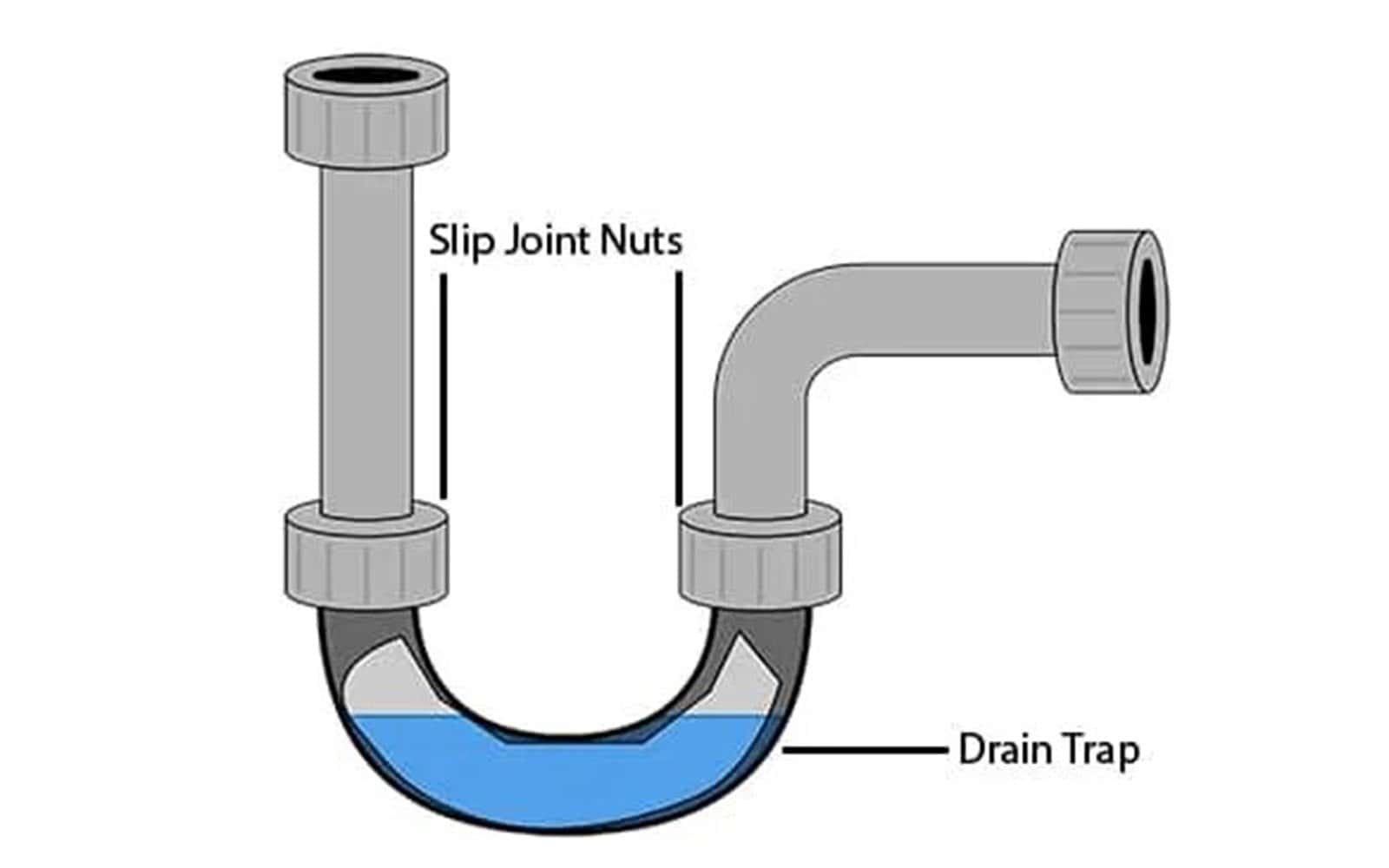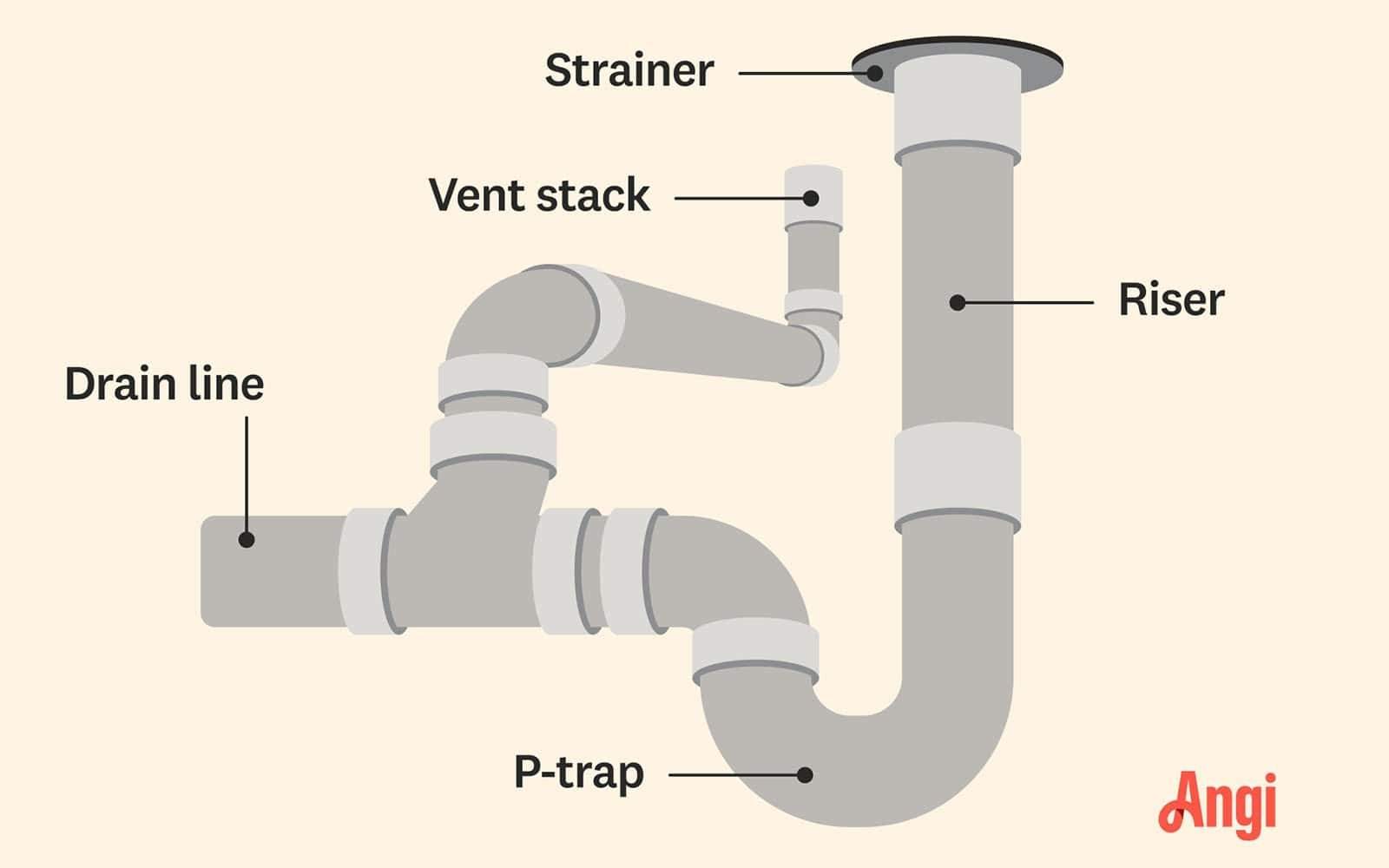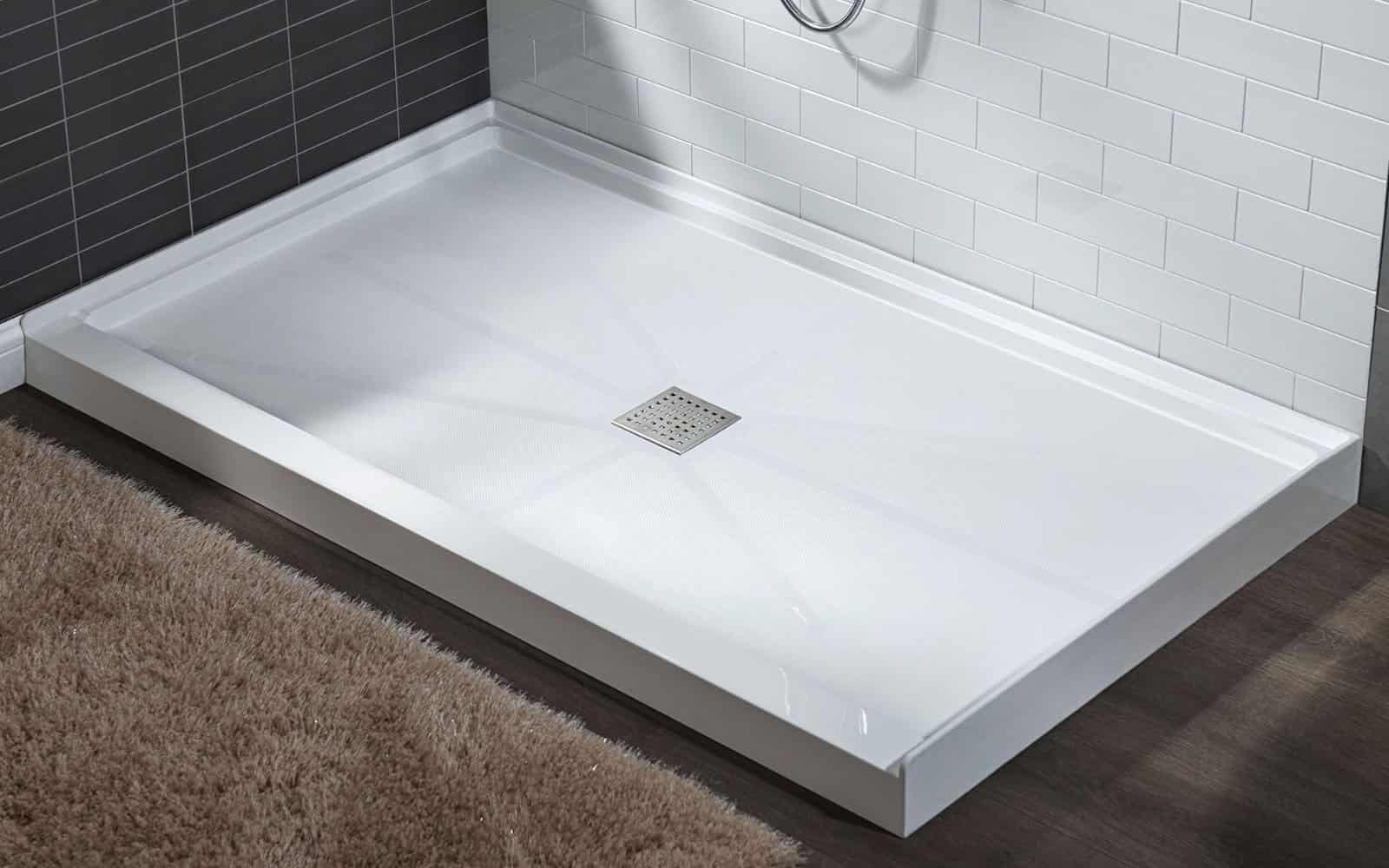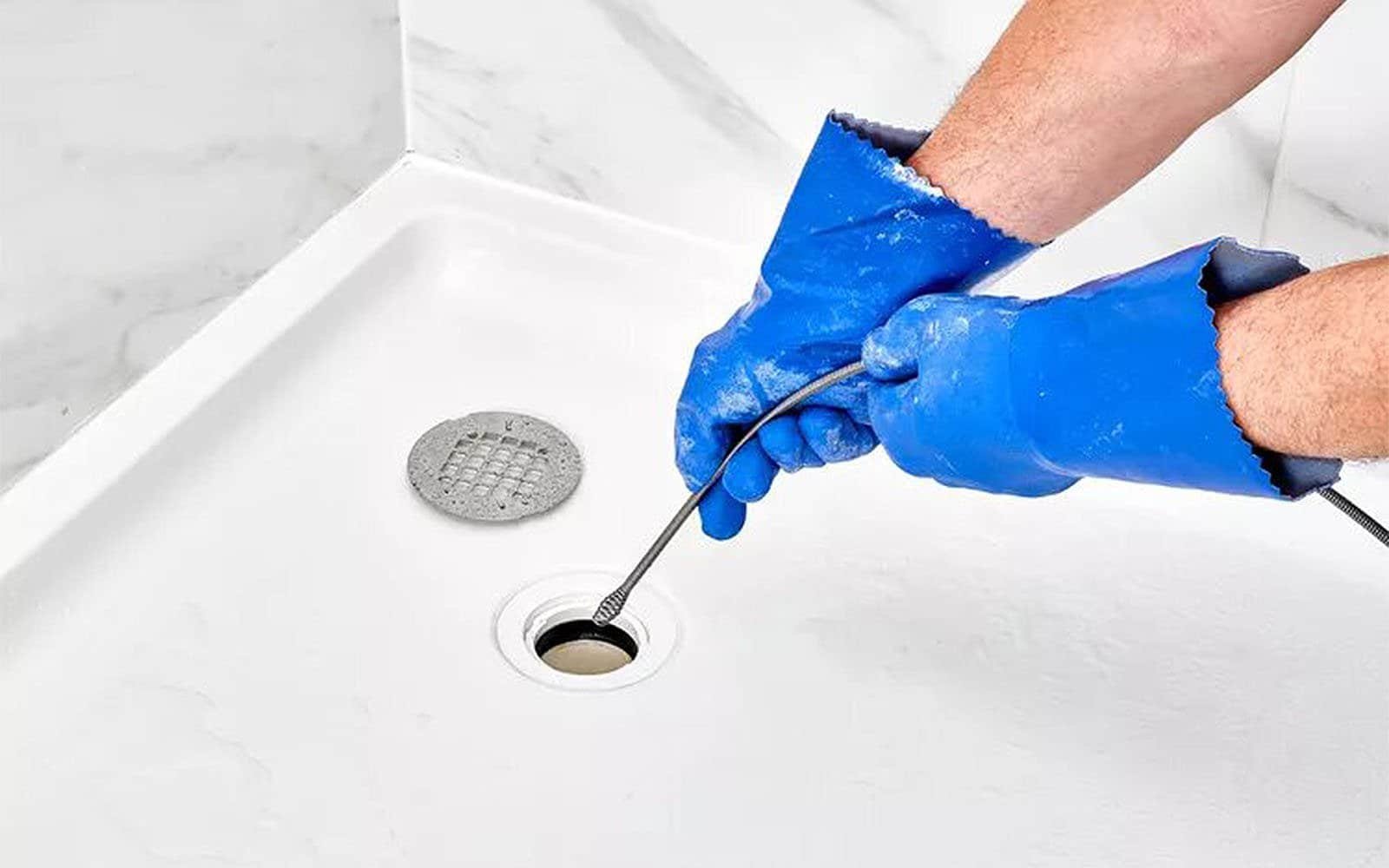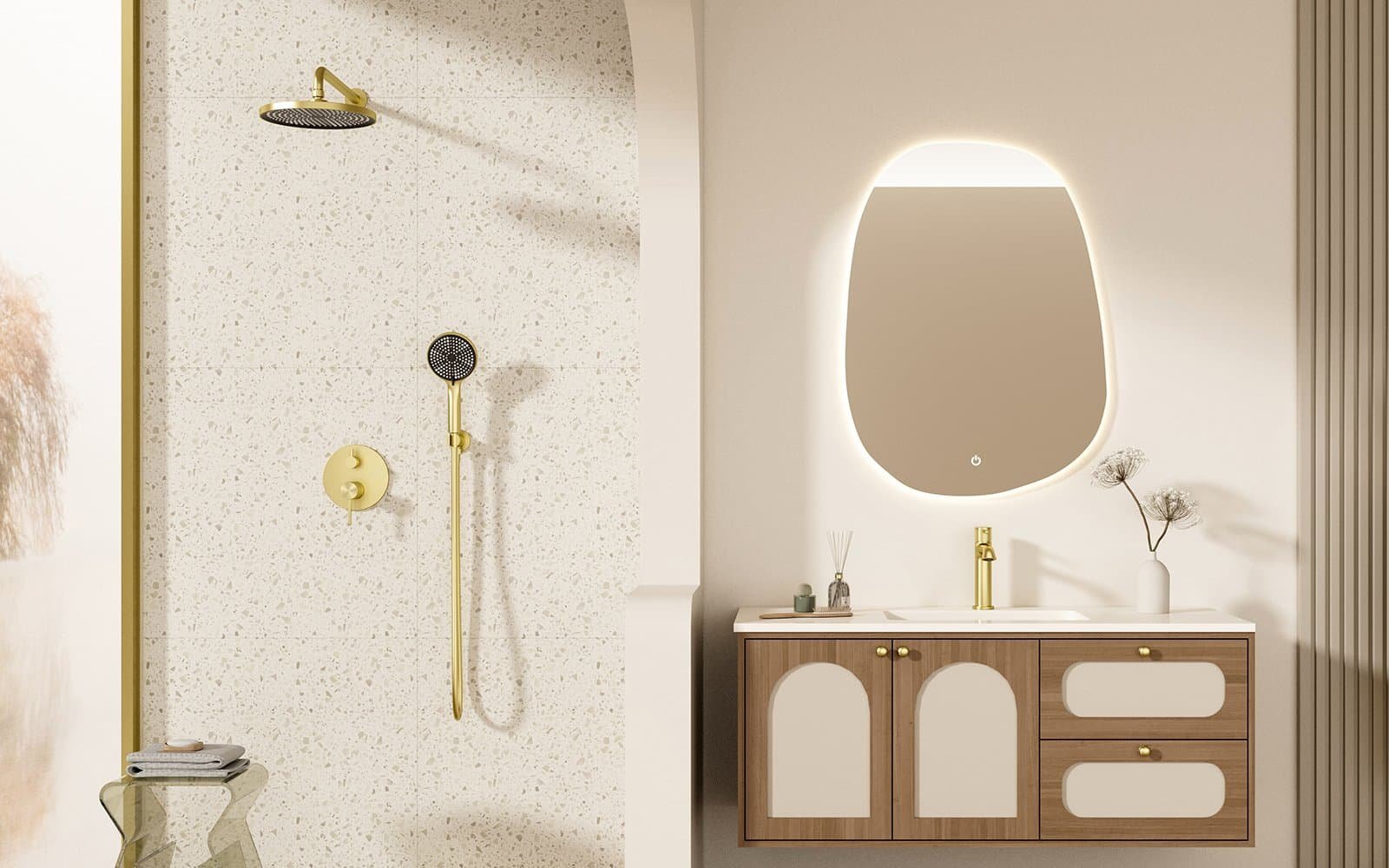Table of Content

The shower drain you choose affects the look and use of your bathroom. A shower drain is important for draining water away from your shower. Many types of shower drains exist, and knowing what they are, how they work, and how they affect your bathroom is important.
What is a Shower Drain?
A shower drain lets wastewater flow out of the shower and into the home’s drainage system. It sits at the lowest point of the shower floor to stop water from pooling, which could cause damage, mold, or slips. Shower drains come in various shapes and sizes, but they all do the same job: keep water flowing out and away from your home.
Main Components of Shower Drains
Grate (Drain Cover)
The grate is the visible part of the shower drain, usually on the floor. The cover sits over the drain opening, letting water flow through while blocking larger debris.
- Functions:
- Water Flow: The grate lets water through while catching debris like hair, soap scum, and dirt to prevent blockages in the pipes.
- Protection: It acts as a protective cover, preventing objects or debris from entering the drain and causing clogs.
- Aesthetic Appeal: The grate comes in different materials and styles to match your shower.
- Common Types:
- Round or square grates.
- Tile-in grates that blend seamlessly with the shower floor.
Filter (Debris Catcher)
The filter is usually a screen under the grate. It catches hair, soap residue, and dirt before they enter the plumbing system. Some grates have a built-in filter, while others need a separate mesh piece.
- Functions:
- Prevents Clogs: By catching hair and small particles, the filter prevents them from entering the pipes, which could lead to clogs and water backup.
- Easy Maintenance: Filters are removable and easy to clean, saving you from needing professional help.
- Better Drainage: Fewer blockages mean water flows smoothly, boosting the drainage system’s efficiency.
Trap (P-Trap)
The trap is a key part of your shower drain system. A curved pipe under the drain holds water to stop sewer gases from coming back into the shower or bathroom.
- Functions:
- Prevents Odors: The trap creates a water seal to block bad smells and gases from the sewer.
- Water Flow: It lets water flow smoothly while keeping gases out.
- Catches Debris: The trap catches larger debris that might get past the filter, stopping further clogs.
Vent (Air Vent)
The vent pipe lets air into the shower plumbing. This prevents a vacuum and keeps water flowing. The vent is essential for the shower drain to work.
- Functions:
- Maintains Pressure: The vent allows air to enter the plumbing system, preventing a vacuum from forming when water drains. This helps ensure that water flows smoothly and at the proper rate.
- Prevents Drainage Issues: Without a vent, water drains slowly, and air pockets can cause gurgling and poor drainage.
- Prevents Backflow: Vents also help prevent backflow issues, where wastewater might flow back into the shower.
Types of Shower Drains
Standard Shower Drain (Traditional Drain)
The standard shower drain is the most common type. Typically found in older bathrooms, a grate fits into the drain hole in the shower floor. This drain connects to the plumbing system to carry water away.
- Key Features:
- Simple Design: A straightforward option that comes in round or square shapes.
- Affordable: One of the most budget-friendly drain options.
- Efficient: Effectively drains water from the shower area, especially in small to medium-sized showers.
- Best for: Those looking for a reliable and low-cost solution without fancy aesthetics.

Linear Shower Drain
The linear shower drain is popular for its modern design. Install a linear drain along the wall or in the middle of the shower floor, instead of a round or square grate. The water flows toward the drain along the channel, providing better drainage and a modern look.
- Key Features:
- Modern Aesthetic: Linear drains offer a more minimalist, modern design that blends seamlessly with larger, open-concept showers.
- More Efficient Water Flow: Water flows to the drain more easily, reducing the chance of puddles.
- Variety of Styles: Available in different materials (stainless steel, brushed nickel, etc.) and lengths to match your shower layout.
- Best for: Larger or curbless showers, contemporary bathroom designs, and those seeking a clean, sleek look.

Tile-In Shower Drain
A tile-in shower drain is a popular choice for a seamless look in bathrooms. This drain has a cover that fits with the floor, so you can put tiles over the grate. The drain is nearly invisible, making it an excellent minimalist or uniform design option.
- Key Features:
- Customizable Design: The tile-in design lets you match the drain to your bathroom tiles for a seamless look.
- Clean Look: The tile cover on the drain gives it a more integrated, aesthetically pleasing finish.
- Great for Modern Showers: Ideal for creating a sleek, uniform floor without interruption by visible drain grates.
- Best for: Those who prefer a highly customized, seamless floor design and modern aesthetic.
Wall Drain
A wall drain is installed near the bottom of the shower wall. People often use it in larger showers. This drain uses gravity to move water, giving you more design and installation options.
- Key Features:
- Space-Saving: Ideal for showers with limited floor space or those aiming for a clean, open look.
- Invisible Drainage: The drain sits along the wall, keeping it out of sight and maintaining the overall look.
- Better Drainage: Encourages water flow toward the wall and out of the shower more efficiently.
- Best for: Larger showers, curbless showers, or bathrooms with a modern and minimalist design.
Shower Pan Drain
A shower pan drain is usually installed in pre-formed shower bases, not custom-tiled floors. These drains fit into the base of the shower pan, making installation quick and easy.
- Key Features:
- Quick Installation: Ideal for pre-made shower bases and quick renovations.
- Durable: The drain is typically part of the shower pan system, offering strong, reliable drainage.
- Minimal Maintenance: Shower pan drains are easy to clean and require less maintenance compared to custom-built shower floors.
- Best for: Homeowners with standard shower pans, especially for DIY projects or quick updates.
Trench Drain (Slot Drain)
A trench drain is a modern option for larger bathrooms or contemporary designs. People often install trench drains along the edges of the shower or bathroom floor. They are long and narrow. They can handle more water, which makes them good for large showers or wet rooms.
- Key Features:
- High Capacity: Designed to handle large amounts of water, perfect for large, open shower spaces.
- Stylish and Contemporary: A modern, industrial look that works well in wet room settings.
- Effective Drainage: It drains well and lets water flow easily, especially in bigger or open shower areas.
- Best for: Large walk-in showers, wet rooms, or open-plan bathroom designs.

Pop-Up Drain
A pop-up shower drain is a special type of drain. It has a switch to stop or start water drainage. People often use this drain with a tub and shower.
- Key Features:
- Manual Control: Allows you to control water flow more easily by popping up or down the drain cap.
- Good for Combo Units: Works well in showers with a tub or multi-use wet space.
- Durable and Simple: Provides a secure, straightforward drainage solution for those who need to control water drainage easily.
- Best for: This drain works well in shower-tub combos and smaller spaces where you need to control water.

Choosing the Right Shower Drain
When selecting a shower drain, there are several factors to consider:
- Shower Layout and Size: The layout of your shower will dictate which drain type works best. Small showers fit a center drain, while larger ones work better with a linear or trench drain.
- Design Preferences: The aesthetic appeal of the drain is important, especially if you are renovating. A tile-in drain or wall drain can provide a seamless look, while a linear drain offers a modern, sleek appearance.
- Maintenance: Some drains, like standard and linear drains, are easier to maintain and clean than others, like pop-up drains or tile-in drains. Be sure to choose a drain that you can easily keep clean.
- Water Flow: Linear or trench drains handle more water in larger showers, preventing pooling.
- Cost: Standard drains are the cheapest, while linear and trench drains cost more for their design and looks.
Common drainage problems and solutions
Slow Drainage (Clogging)
- Problem: One of the most common issues with shower drains is slow drainage. This happens when water doesn’t flow freely, and you may notice water pooling around your feet during a shower.
- Causes:
- Hair and soap scum buildup.
- Grease or other substances blocking the pipes.
- A buildup of mineral deposits (especially in hard water areas).
- Solutions:
- Regular Cleaning: Use a drain cleaner or homemade solution (such as baking soda and vinegar) to clear small clogs.
- Hair Catcher: Install a hair catcher or filter in the drain to prevent hair buildup in the first place.
- Plumbing Snake: If cleaning the drain doesn’t solve the problem, use a plumbing snake (or auger) to clear deeper blockages in the drainpipe.
- Professional Help: If drainage stays slow, call a plumber to check the pipes and remove tough clogs or mineral buildup.
Foul Odors Coming from the Drain
- Problem: Sometimes, unpleasant smells can emanate from the shower drain, which can be both irritating and concerning.
- Causes:
- Bacterial Growth: Bacteria and mold can grow in the drain if debris, hair, and soap scum are left unchecked.
- Dry Trap: If the trap under the drain dries out, sewer gases can rise into the shower. This can happen with infrequent use or a poorly sealed drain.
- Solutions:
-
- Clean the Drain Regularly: Regularly clean the drain to remove hair, soap scum, and debris. You can use a drain cleaner or a mixture of baking soda and vinegar to deodorize.
- Water Trap Maintenance: If the water evaporates and causes smells, run water down the drain to refill the trap and block gases.
- Install a Drain Cover: Add a drain cover with a filter to catch debris before it clogs the pipes.
Gurgling Sounds in the Drain
- Problem: Gurgling sounds when draining can be annoying and often mean there’s an issue with your shower’s drainage.
- Causes:
- Ventilation Problems: A blocked vent pipe stops air, builds pressure, and causes gurgling sounds.
- Partial Clogs: A clog further down the plumbing system can cause the air to escape in a bubbling manner, leading to gurgling.
- Solutions:
-
- Clear the Vent: Check if the vent pipe is blocked by leaves, debris, or other objects. Ensure the vent pipe is clear to allow proper air flow.
- Plumbing Inspection: If you can’t clear the vent or the problem continues, call a plumber to check and fix the vent or plumbing issues.
Standing Water in the Shower
- Problem: Standing water that doesn’t drain quickly is one of the most inconvenient drainage issues. It typically leads to water pooling around the shower floor.
- Causes:
- Clogged Drain: A clog near the drain or in the trap may prevent water from draining.
- Improper Shower Slope: If the builder doesn’t slope the shower floor correctly, it prevents water from flowing toward the drain.
- Damaged Pipes: Cracks or leaks in the pipes can cause slow drainage or water to pool.
- Solutions:
-
- Fix the Slope: If the slope is the problem, a professional may need to adjust the floor to direct water to the drain.
- Unclog the Drain: Clean the drain or use a plunger, drain snake, or chemical drain cleaner to clear clogs.
- Inspect Pipes: If you suspect damaged pipes, call a plumber to check for leaks or cracks and repair them accordingly.
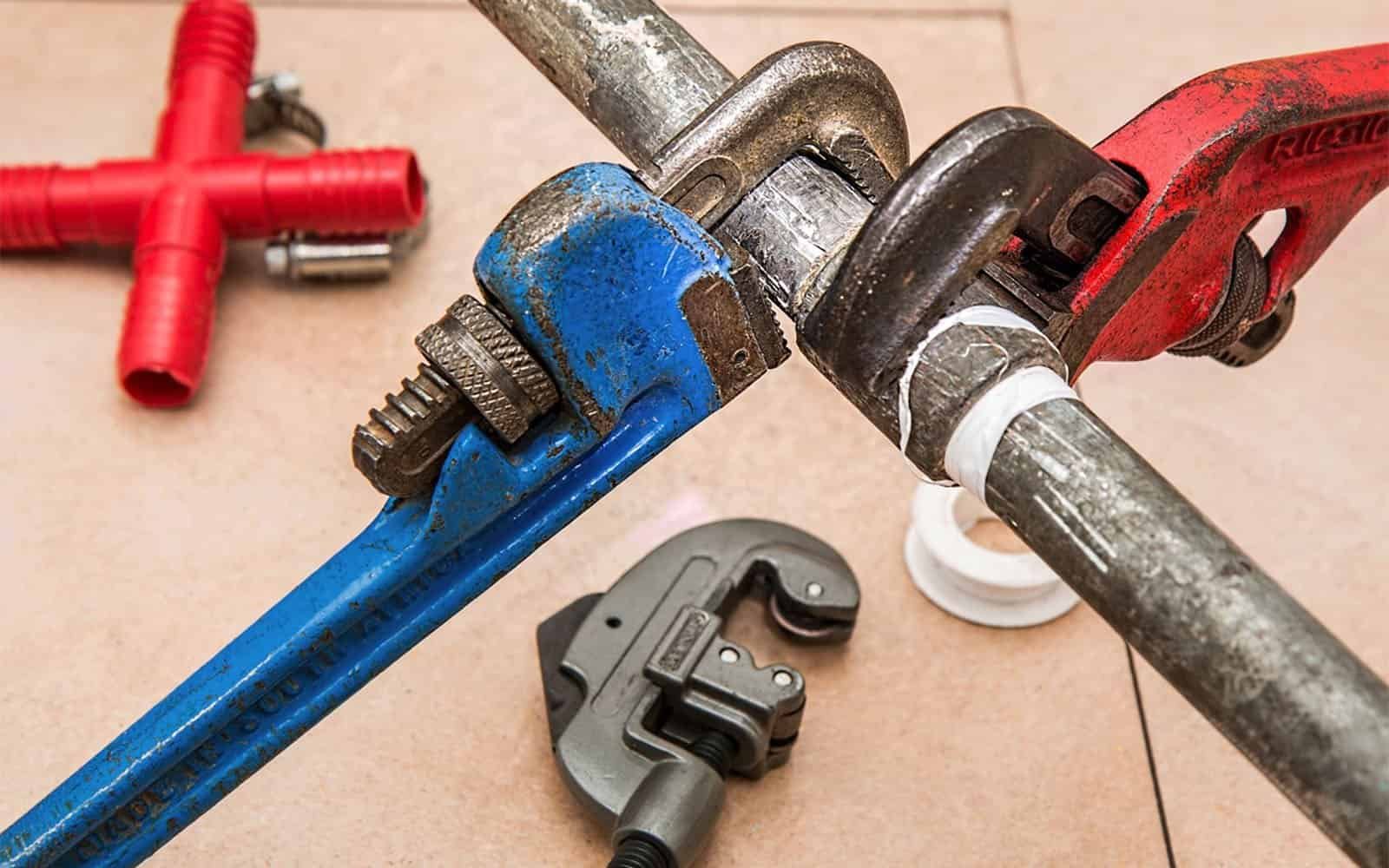
Overflowing Drain
- Problem: An overflowing shower drain usually signals a serious blockage or plumbing issue and can cause water damage.
- Causes:
- Major Blockage: A large buildup of hair, soap, or grease can completely block the drain.
- Damaged or Disconnected Pipes: A damaged or disconnected drain pipe can block water flow and cause overflow.
- Excessive Water Flow: A high water flow rate or sudden surge can cause the drain to overflow if it cannot handle the volume.
- Solutions:
-
- Clear the Blockage: For a minor blockage, use a plunger, drain snake, or chemical cleaner to clear the obstruction.
- Pipe Inspection: If the problem continues, a plumber should check the pipes for cracks, blockages, or misalignments and fix them.
- Replace Faulty Parts: If a bad drain causes the overflow, replacing parts like the trap or drain body can help.
Leaking Drain
- Problem: A leaking shower drain can damage the floor, walls, and even the ceiling below.
- Causes:
- Loose Drain Components: Over time, the drain parts may become loose, leading to leaks.
- Cracked Drain Pipe: A crack in the pipe or drain assembly can cause water to leak.
- Improper Seal: If you don’t seal the drain properly, water can leak from the connection between the drain and the plumbing.
- Solutions:
- Tighten Drain Components: Check that all drain components are tightly secured. If any parts are loose, use a wrench to tighten them.
- Replace the Drain Gasket: A worn-out gasket around the drain may cause leaks. Replacing it can prevent water from leaking.
- Pipe Replacement: If the pipe cracks, you’ll need to replace the damaged section.
Conclusion
Understanding shower drains and maintenance can make your shower better and help avoid costly plumbing problems. Whether you go for a traditional point drain or a modern linear one, a good drain ensures smooth water flow and a cleaner bathroom. With the right drainage and a comfy shower system», your shower experience will improve a lot.

